Boerboel
The Boerboel is a massive dog that originated from South Africa and is also known as the South African Mastiff. The dog’s name comes from the Dutch word for "farmer" (“boer") and dog (“boel”). These dogs were first bred by crossing large, Mastiff-type dogs in the 1600s by Dutch settlers in South Africa to protect their families, farms, and livestock from hyenas, baboons, leopards, lions, and other wild animals, as well as from human intruders.
Due to their strength, loyalty, and protective nature, Boerboels are still used for protection. The breed is still fairly rare outside of South Africa, and one of the reasons for that is the fact Boerboel dogs are not allowed to reside in some countries (for example, France, Romania, Denmark, Singapore, some U.S. states, etc.).
FUN FACT: The Boerboel was admitted to the AKC Working Group on January 1, 2015. The breed is still not registered with the FCI.

Height:
22-27 in (56-69 cm)

Weight:
110-200 lb (50-90kg)

Origin:
South Africa

Life Expectancy:
9-11 years
Dog Breed Characteristics
The Boerboel is a large, well-proportioned, and incredibly muscular dog with a strong bone structure. The head is square-shaped with a short muzzle. This breed can be goofy and very playful with their family, and they are very intelligent and love to please and obey their owner’s commands. They thrive on work and love to have a job. Their duties can include farming, guarding, or just training for a competition that measures their agility or strength.
These dogs have not yet been recognized by the FCI as an official breed so none of their 98 member states recognize it either. However, they are fully registered and recognized by the AKC (American Kennel Club) and have a fully defined standard.
FUN FACT: The Boerboel’s tail is often docked.
Shedding
The Boerboel’s coat is easy to take care of. The coat is dense and short. Shedding is average. Weekly brushing should be enough to keep the coat clean, shiny, and healthy. The Boerboel’s coat comes in brindle, brown, cream, red, reddish-brown, and tawny colors with a black mask or Irish mask. Some can be piebald or can have some white markings.
More than 30 percent of white color markings on the coat are considered a fault. Many dogs have dark markings on their faces, and their skin color on the stomach is darker. This more colored pigment was considered necessary for protection against the sun and the heat in South Africa.
Trim their nails when needed, and brush their teeth to reduce bacteria and plaque buildup. The Boerboel’s ears should be checked for wax buildup and should be cleaned weekly, as well as the dog’s eyes.
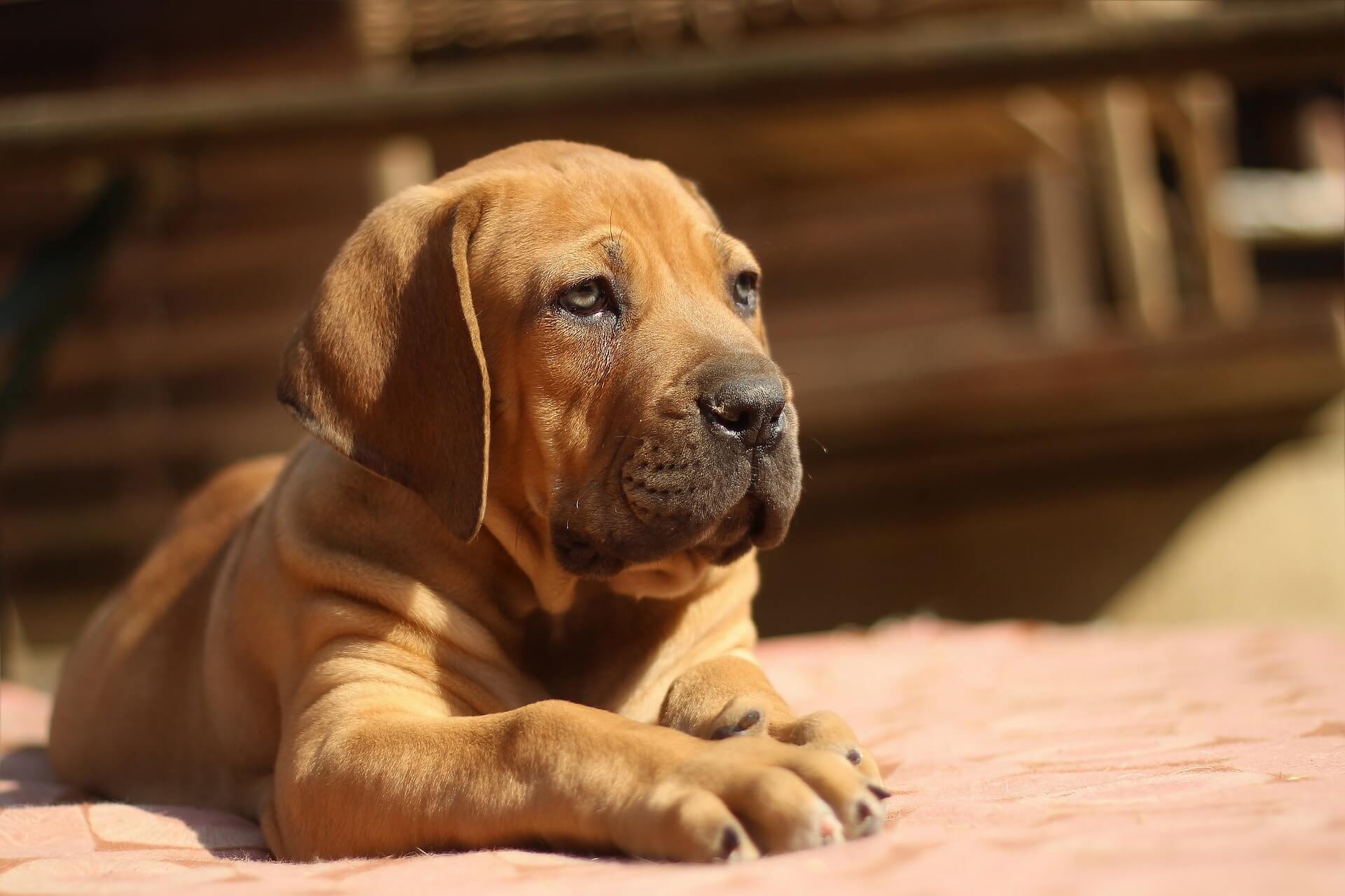
Exercise
Athletic Boerboel has a lot of energy and stamina, so he needs plenty of exercise. These natural working dogs don’t need only regular walks and play sessions but also need adequate mental stimulation. This breed is best suited for people who lead active lifestyles. These dogs are not a good choice for an apartment lifestyle.
The Boerboel is best suited to a home with a backyard and a high, durable fence.
Guard dog
The Boerboel is known as an independent and confident dog whose main purpose is to protect both property and people. This dog is an incredibly loyal, devoted, and intelligent dog who will do anything to protect his family. He is especially fond of the children of the family.
These dogs are excellent guardians. Because they love to be around their people, Boerboels hate to be left alone. Leaving them alone for too long can result in boredom, anxiety, and destructive behavior.
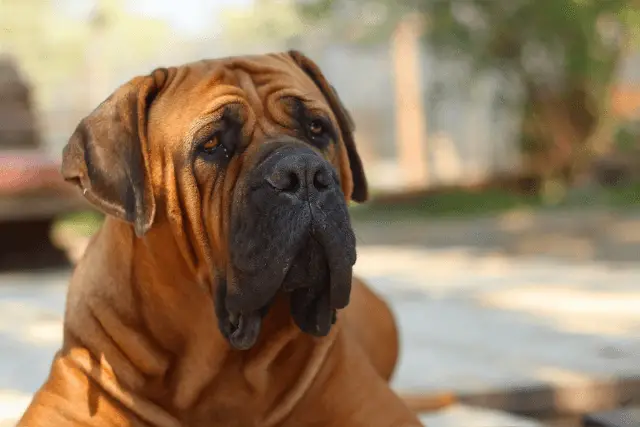
Aggression
The Boerboel is a territorial breed and thus not recommended for inexperienced dog owners. This dog needs to be handled by a firm, experienced hand. Their guarding instincts make early socialization a must. The Boerboel can be aggressive towards other dogs, especially dogs of the same sex. This is not a dog to take to a dog park.
Boerboels are usually reserved for strangers. Because of their strong guarding instincts, when unknown guests come to your house, you should introduce them slowly to your Boerboel dog so the dog doesn’t feel threatened.
Training a Boerboel puppy
The Boerboel dog requires early training with an assertive trainer who will use positive reinforcement. For successful Boerboel's training, the trainer must know how to set boundaries without being harsh. With early training and proper socialization, this dog should be reliable and obedient.
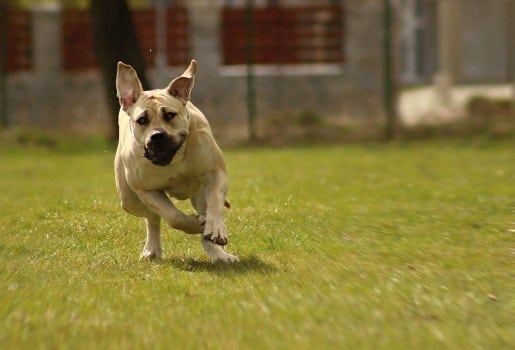
Socialization
Boerboels love their family. They are extremely good dogs with them and are very loyal to all their family members, even the smallest children. The only problem is they might get a bit too overprotective at times.
This breed needs to be socialized as soon as possible, and if they are not properly socialized, they can make life difficult. When they are still puppies, Try exposing your Boerboel to different sounds, sights, situations, people, and other dogs. That way, they can learn how to react properly and can adapt to any new situations they find themselves in.
Having guests could be a problem, and the best approach is for a family member to introduce the guest to the dog. These dogs have a strong protective instinct and can react quickly if they think someone is threatening their family.
They will behave a lot better if their activity levels are met daily. Give them plenty of exercise and mental stimulation. They are also best suited for large fenced areas where they can have enough space to explore and run around.
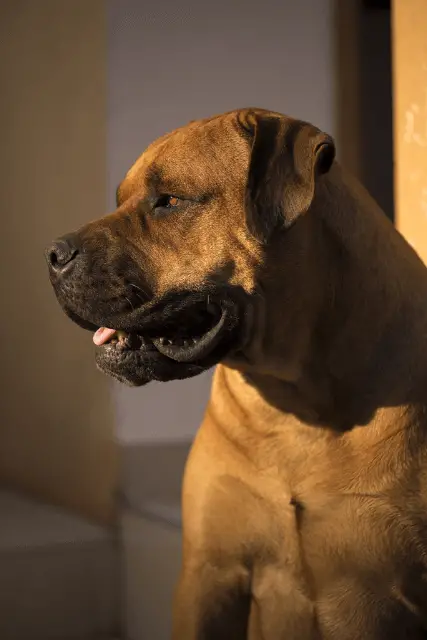
Boerboel and children
These dogs are great with children of their own family. However, they are not the best fit for a family with toddlers. They are big and love to play. If they get carried away, they might knock over or push a toddler, and unintentional accidents can occur. They are best suited for families with older children that can handle a dog of this size. You should teach your child how to properly approach the dog and play with him.
They need to know how to handle the dog and not to pull, tug, or scratch the dog, and older children can certainly understand these rules. You should always supervise the playing time between dogs of any breed and children.
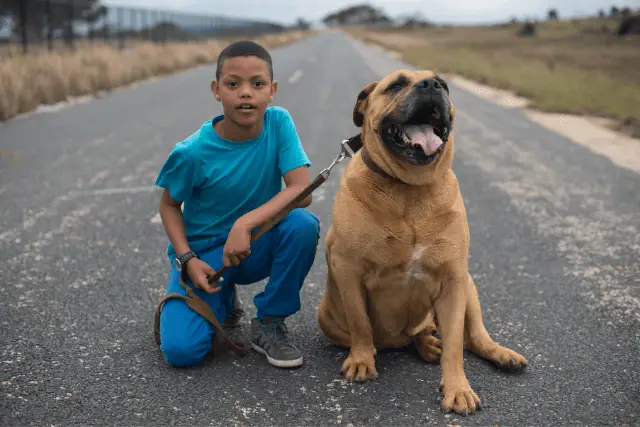
Boerboel and other pets
These dogs are territorial by their nature and there aren’t many things that will make them stand down. They tend to be aggressive towards dogs of the same sex, especially of the same breed. The socialization process can play a big part here, but they are best suited for households with only one dog.
They usually get along well with dogs and other pets they have been raised with, and they love to have the company of their choosing.
Health issues
The Boerboel breed has a life expectancy of 9-11 years. There are some health issues these dogs are prone to, and (future) owners should be aware of them. These health issues are
- hip and elbow dysplasia,
- epilepsy,
- bloat,
- eye issues, such as eyelid ectropion (eyelids sag outward), and eyelid entropion (eyelids roll inward),
- vaginal hyperplasia (an enlarged and inflamed vaginal lining influenced by the hormone estrogen),
- heart diseases, etc.
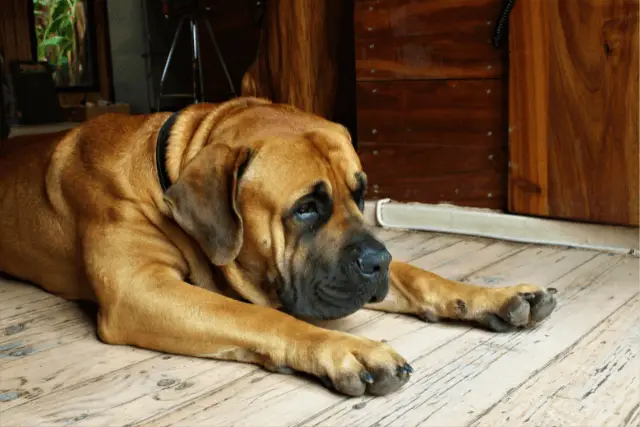
Boerboel FAQ
These dogs can be considered dangerous because they are powerful, territorial, guard dogs with strong, muscular bodies. They are used for livestock protection, and guard dogs need to be powerful.
Typically, Boerboel will not be an excessive barker. They might bark if they have to protect or guard, but they are not a breed that will become a nuisance barker. If that happens, it means the dog is bored, and their physical needs are not satisfied.
While the Boerboel is a strong breed, it cannot be considered the strongest dog breed in the world. There are a lot of mastiff-type and livestock guard dogs that can be considered stronger than the Boerboel.
Boerboel is a medium shedder. Their coats are fairly easy to maintain, and they don’t require too much grooming.
Boerboel is not a breed that is easy to train. They are naturally fairly dominant, so inexperienced owners might have trouble controlling these dogs. It is a breed for experienced owners.
Nearly all well-trained dogs can be left alone. Boerboel is a fairly independent dog breed that doesn’t need human company 24/7 to be happy. They can be left alone for quite some time.
Some dog breeds have their tails docked traditionally. It is a part of their identity. Guard dogs had their tails docked so they would avoid getting injured on their duty, fighting off predators or other dogs.
No, Boerboels are not born with naturally docked tails. Tail docking is usually performed in the first 3 - 5 days of a puppy’s life, either by surgical removal of the tail or by tying a rubber band at the base of their tail.
The average lifespan of a Boerboel is between 9 and 11 years. This lifespan is typical for mastiff-type breeds.
Boerboel can be considered a dangerous breed, and some countries and states have restricted or banned the ownership of these dogs. These countries include Denmark, Qatar, Russia, Romania, France, Fairfield in Iowa, Geneva, Mauritius, Singapore, Bermuda, Faroe Islands, Tunisia, and Turks and Caicos.
Female Boerboels can stay in heat for up to 3 weeks. They go into heat every 6-9 months and the puppy gestation period lasts between 60 and 64 days.
Boerboel breeders
Before you start looking for a breeder, make sure that this breed is the one for you. Do your research and find out as much as you can about this breed. Talk to other owners and read statements and testimonials of other Boerboel owners. These dogs are impressive, and we can certainly understand the appeal of having such an impressive dog at home, but the brutal truth is - not everyone can handle such a strong breed.
These dogs require a strong, confident, firm, and experienced owner that will know how to raise them properly.
If this breed is the best for you and will suit your and/or your family’s lifestyle, get your puppy from a reputable Boerboel breeder that will show you all the up-to-date health certifications of the puppy’s parents. Ask the breeder as many questions as you can about these dogs and they will certainly appreciate their dog going to a knowledgeable household.
Ask the breeder to show you all the necessary documents and certifications they have to have to breed dogs. After that, we are sure you will be happy with your choice and will be sure you made the best possible decision.
FUN FACT: A well-bred Boerboel puppy will cost anywhere from $1500 to $2000.
World Dog Finder team

Updated at31.08.2023.
Breed History
As we already mentioned, the breed's name comes from Dutch/Afrikaans words for farmer and dog, and they indeed were first created by Dutch settlers in the South African region that is today known as the Republic of South Africa.
These dogs had many jobs, and they have been successfully doing them since their beginnings at the start of the 17th century. These dogs were carefully bred to develop characteristics that would allow them to successfully defend people, homes, and livestock from African predators such as hyenas, lions, cheetahs, leopards, and even baboons.
The first settlers that started to populate those areas brought large mastiff-typed dogs with them and, after time, started breeding them with domestic dogs. Domestic dogs that were picked for breeding had special characteristics that settlers wanted to introduce to their dogs.
Some of the dogs that were used to create modern Boerboel are the original Bulldogs, Mastiffs, and Bull Mastiffs. Most of these dogs were imported to RSA to guard the excavation sites of the Da Beers mining company.
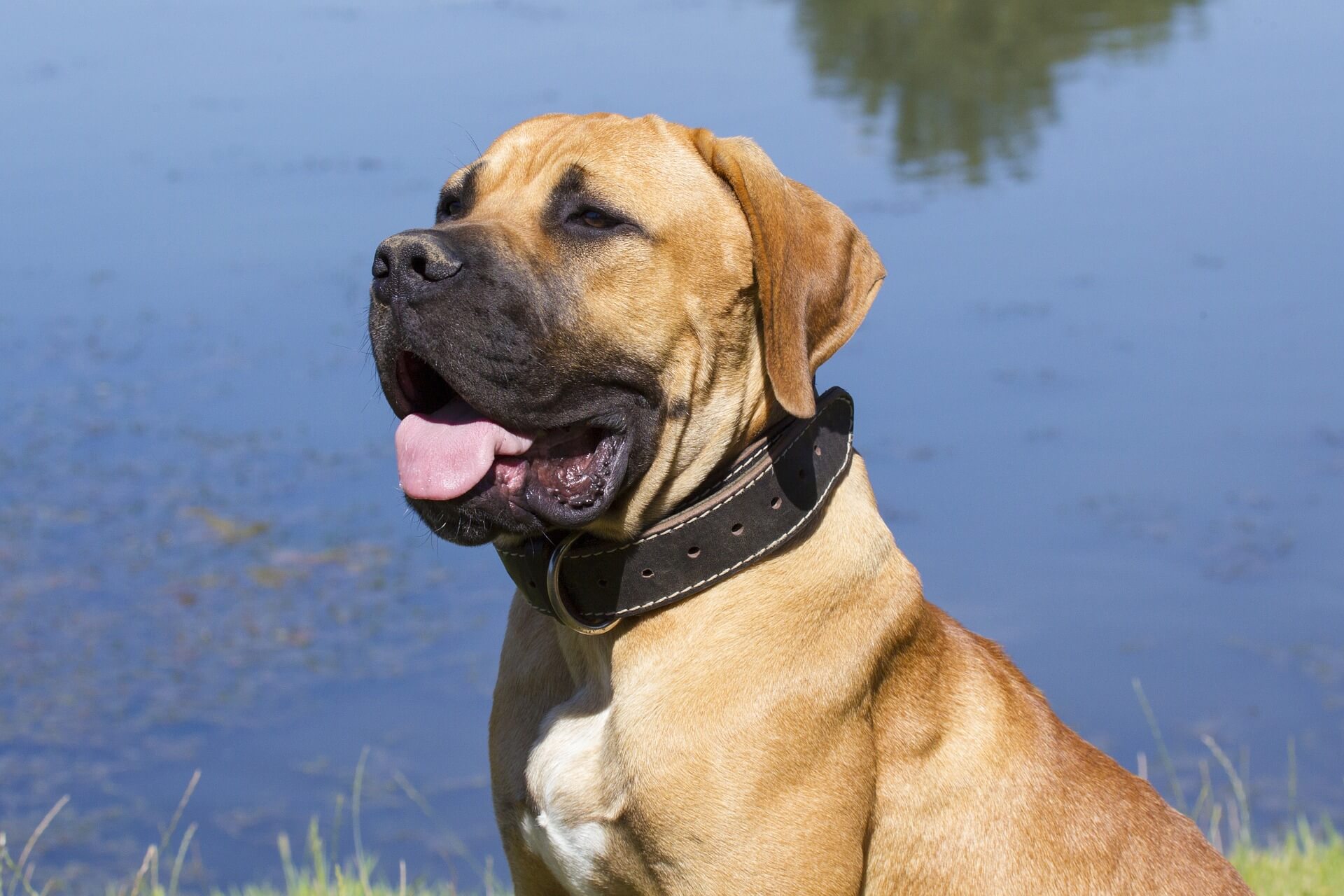
This breed developed in its modern look because of the environment and breeding. They had to be able to work under very hard African conditions and had to survive potential encounters with African wildlife. Only the strongest dogs could survive and this resulted in the passing of the best possible genes in the bloodline of this breed.
In the 19th century, as the British started to colonize different parts of the world, their influence started to bother most of the original settlers and natives, so they started migrating towards the African inland. These dogs were taken to remote villages and communities where they became an essential part of their life. They were used for hunting, guarding, and herding livestock and protecting from malicious people.
As time passed and especially after the two World Wars, South Africa became a lot more developed and there was less and less use for these dogs. Breeders started crossbreeding these dogs, and the breed came to the brink of extinction. It wasn’t until the 1980s that breed enthusiasts started to band together and made the first efforts to save the breed. They took over the breeding process and started to keep detailed records to avoid inbreeding.
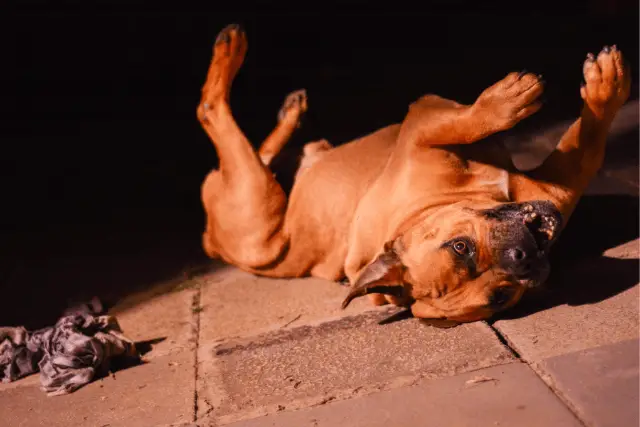
We know today that their efforts were successful, and thanks to them, we can witness these dogs today. They became incredibly popular in their native land but struggled to gain popularity in other places. It remains quite uncommon outside the RSA.
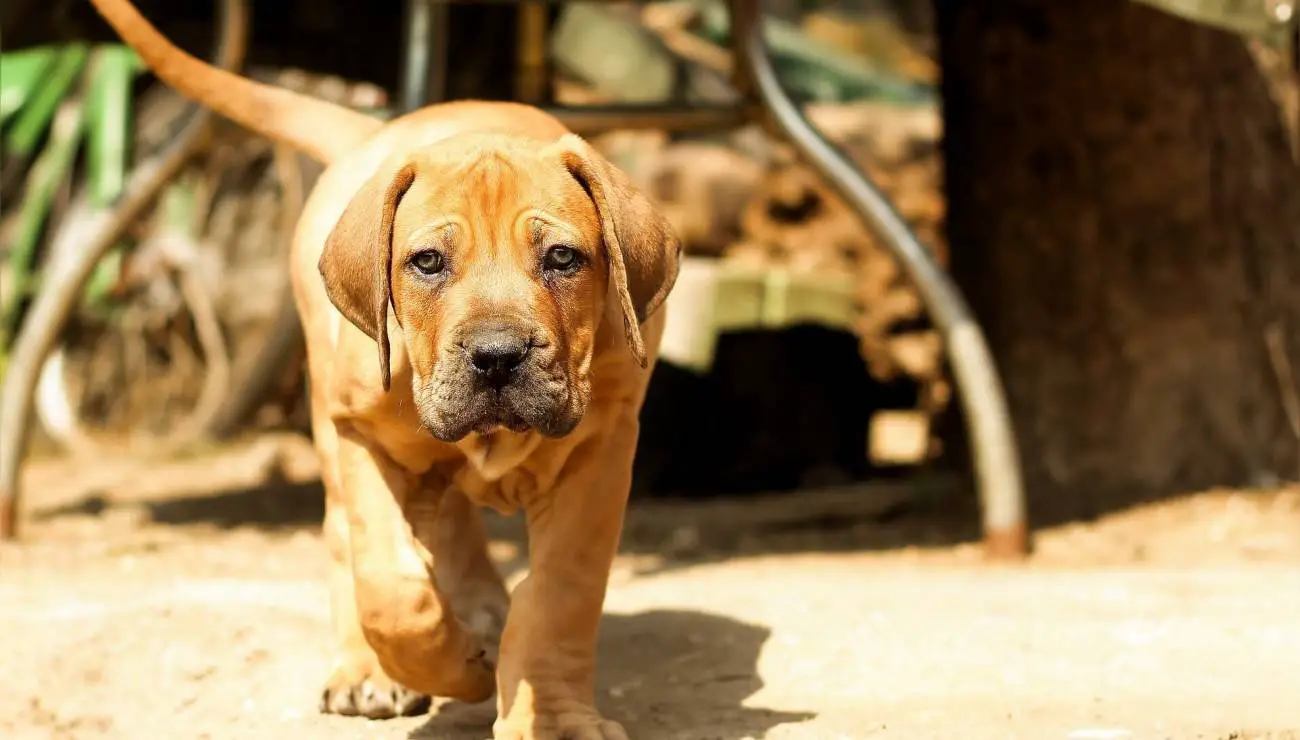
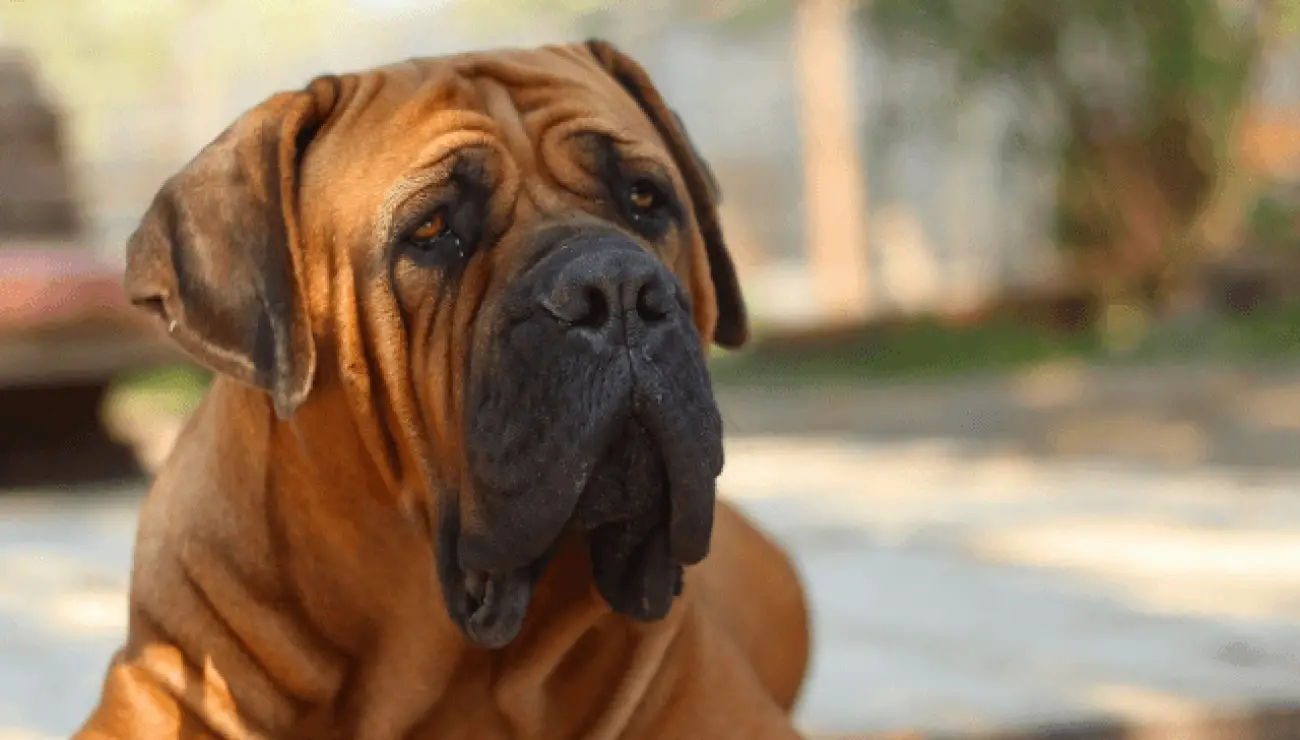
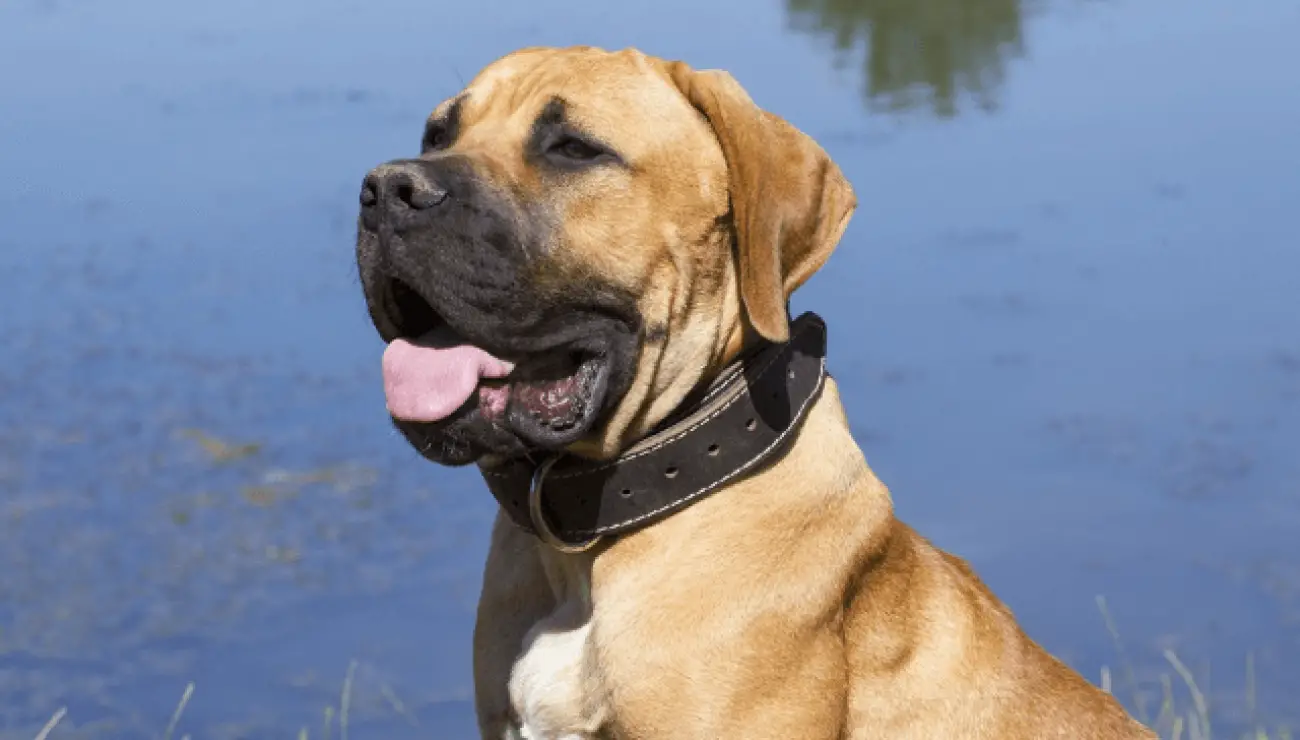
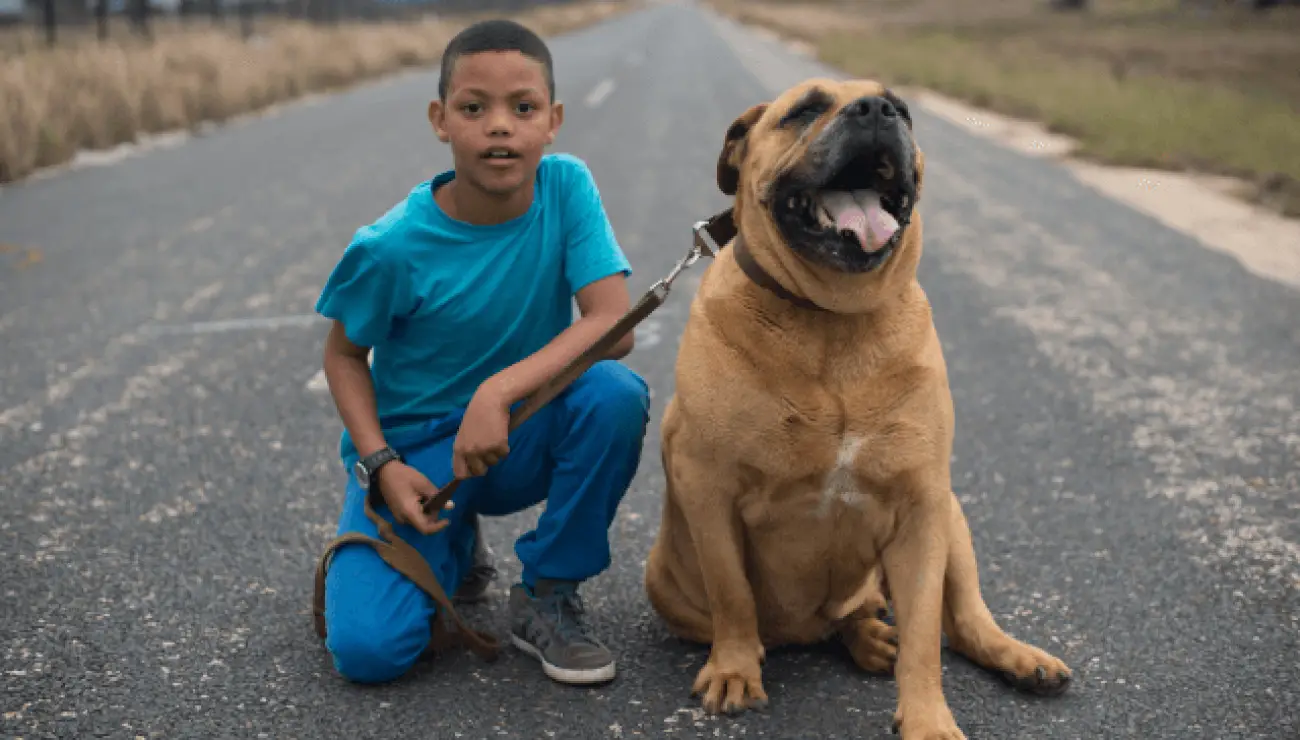
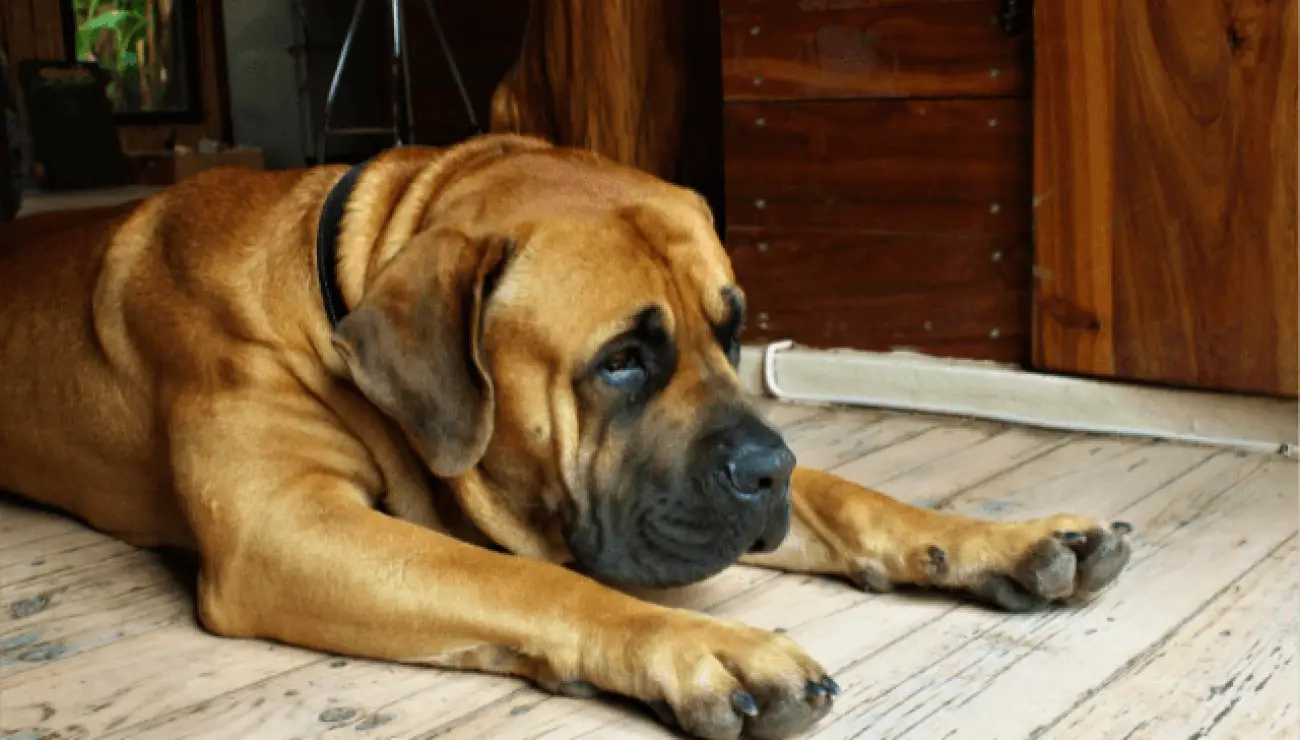
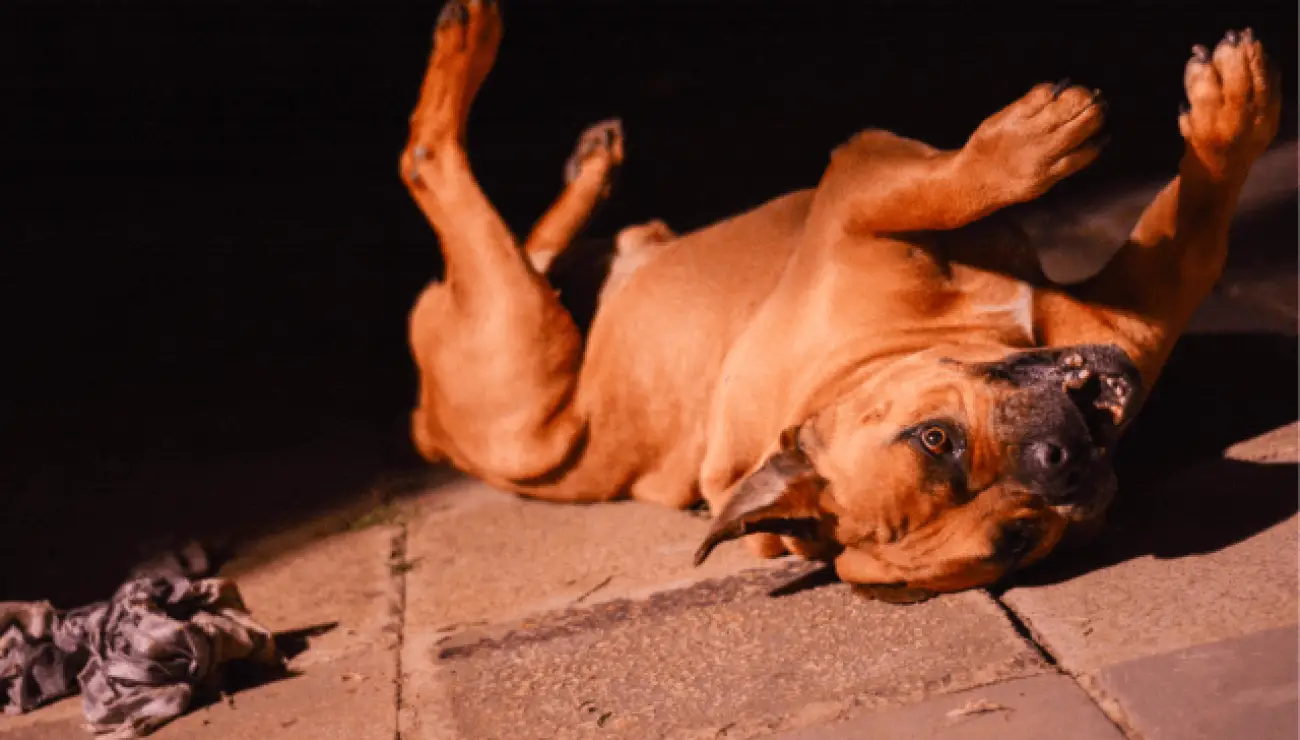
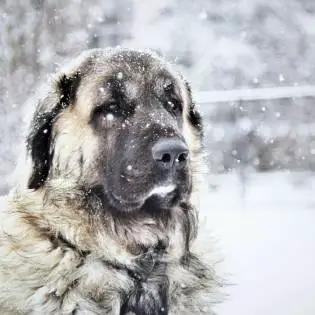
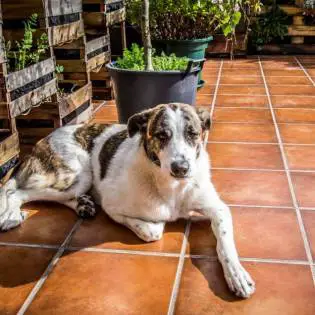

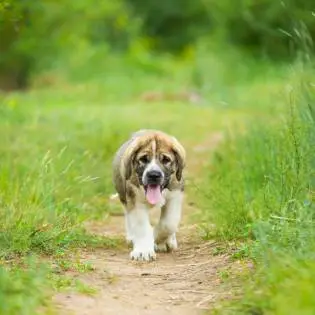

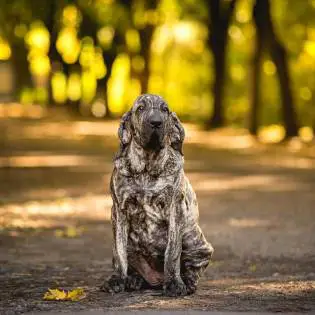
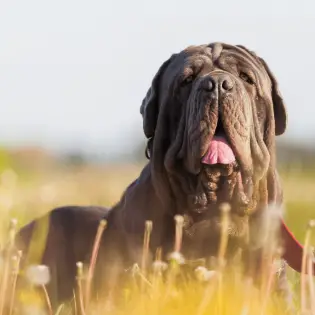
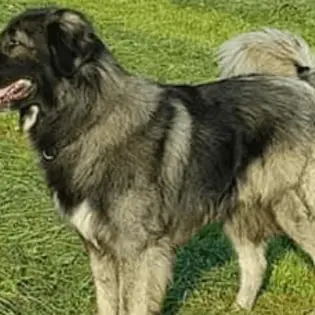

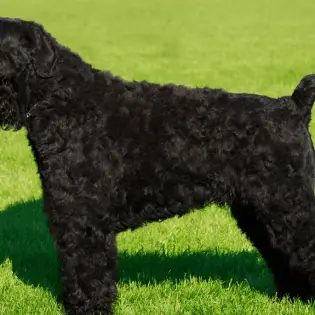

Share